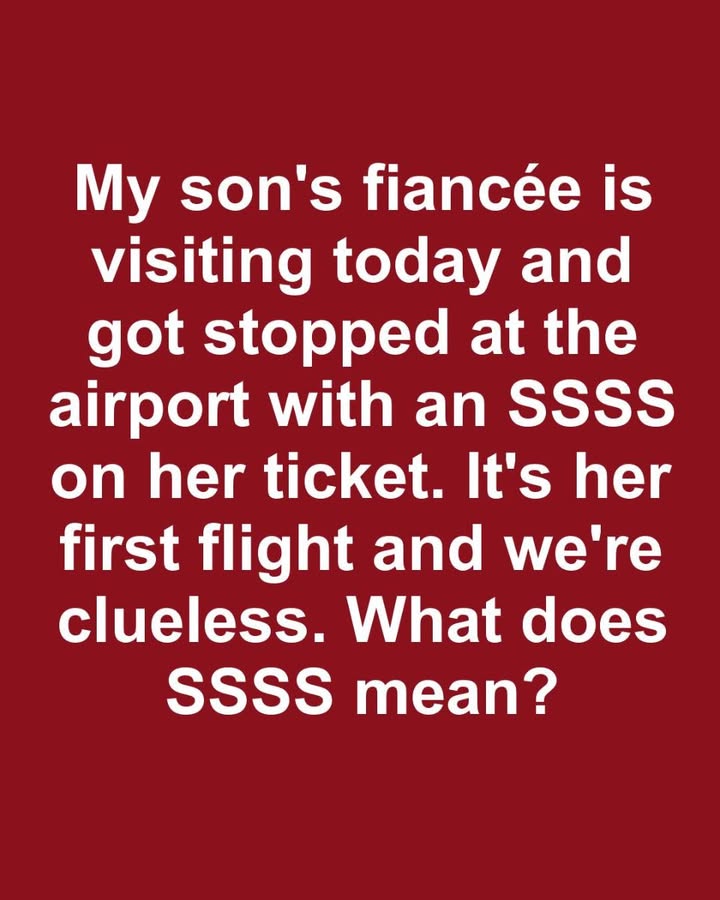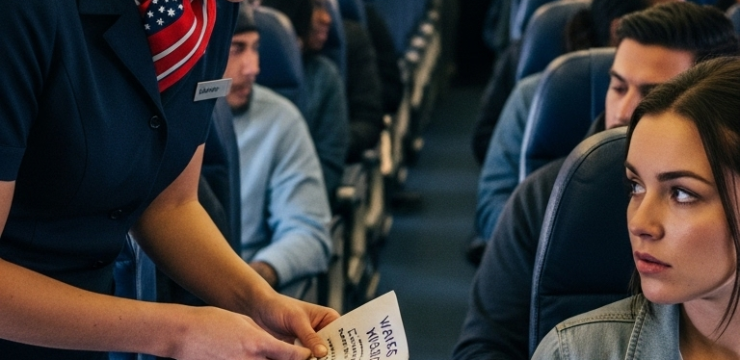Many people are surprised to learn about the SSSS code that can appear on their boarding pass before a flight. For travelers unfamiliar with it, the appearance of these four letters may seem confusing or even alarming, but understanding what SSSS means can help reduce anxiety and ensure a smoother travel experience.

The SSSS code stands for “Secondary Security Screening Selection,” and it signals that a traveler has been selected for enhanced screening by the Transportation Security Administration (TSA). While this can be an unexpected inconvenience, it’s an important part of the security process designed to protect passengers and ensure safe air travel. When someone receives this designation, they can expect to undergo additional security measures at the airport, such as more intensive pat-downs, swabs for explosive materials, extra checks of carry-on items, and sometimes more detailed questioning. Though the process can feel intrusive or stressful, it is not a punishment or a sign of suspicion. In fact, the reasons for being selected can be entirely routine or even random.
Travelers might get flagged for several reasons, including purchasing a one-way international ticket, booking a flight at the last minute, making changes to an existing reservation, or having inconsistent personal information across documents. Sometimes, it’s just a matter of being randomly chosen by the system. Importantly, receiving an SSSS code doesn’t mean the traveler has done anything wrong; it’s just a part of the TSA’s security protocol. Once at the airport, those marked with SSSS should expect a different process than most passengers. After showing their ID and boarding pass at the security checkpoint, they are typically taken to a separate line for secondary screening.
Their bags may be opened and thoroughly searched, electronic devices might be inspected or powered on, and the traveler might be asked a few additional questions about their plans or itinerary. While the process is thorough, it is not meant to be punitive. Most TSA agents are professional and courteous, and travelers who remain calm and cooperative usually move through the process without too much trouble. However, because this screening can take extra time, it’s wise for travelers who see the SSSS code on their boarding pass to arrive at the airport earlier than usual.
This ensures they won’t be rushed or risk missing their flight due to the extended screening process. Though being flagged with SSSS doesn’t usually cause passengers to miss flights, it can be stressful and may cause delays if travelers are unprepared or unaware of what the code means. Planning ahead, knowing what to expect, and giving oneself extra time are the best ways to handle the situation. For frequent flyers who have received the SSSS code multiple times, there are a few steps that might help reduce the chances of it happening again. Keeping all travel documents and identification consistent and up to date, avoiding last-minute bookings when possible, and enrolling in TSA PreCheck or Global Entry can sometimes help. These trusted traveler programs allow for expedited screening and might lower the odds of being selected for secondary screening. That said, these measures are not guarantees. The TSA does not publicly explain the algorithms used to select passengers, so there is always a chance of being flagged again in the future. Travelers who are assigned the SSSS code often have questions about why they were selected and what it means for future travel. Since the process is partly random and based on internal criteria, the TSA does not usually provide specific answers. Some people worry about profiling or privacy concerns, but TSA maintains that the selection is designed to enhance safety and is not an invasion of personal rights. Passengers can always ask TSA agents polite questions if they are confused or concerned, though the agents may not always be able to offer detailed explanations. Overall, while receiving the SSSS code can seem unsettling at first, being aware of its meaning and knowing what to expect can make the experience far less intimidating. It’s a good reminder that the goal of airport security is to ensure safe travel for everyone. With the right mindset and preparation, travelers can handle this situation calmly and confidently, helping their trip get off to a smooth and secure start.





